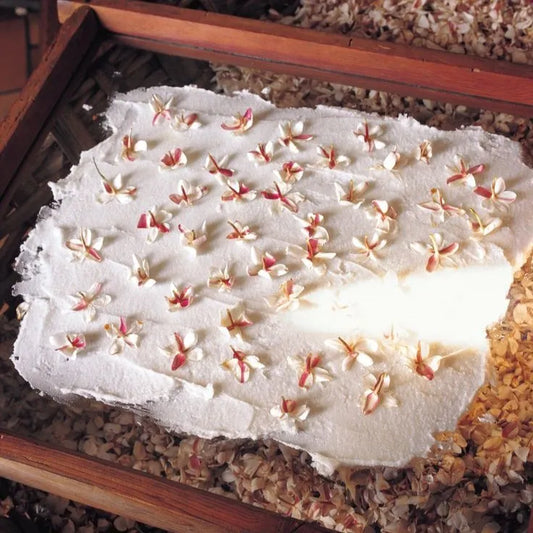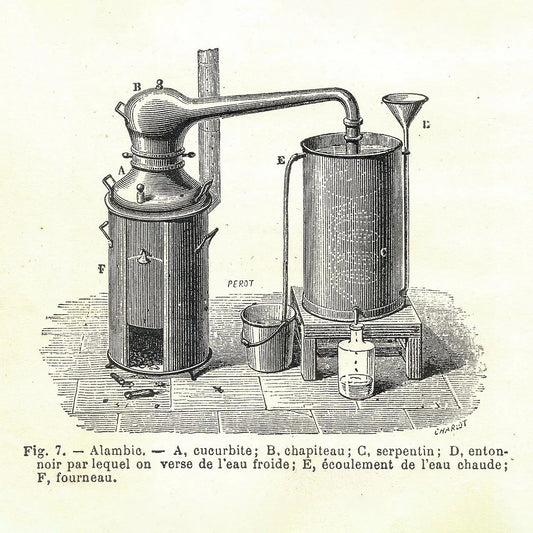In the United States, only a few over-the-counter (OTC) medical products feature any form of essential oil. As the oils are not considered pharmaceuticals and their marketers cannot make any health claims about them without running afoul of the FDA, American OTC drug manufacturers do not use them in their products.
This is not the case in other countries, however. Essential oils play a role in Ayurveda medicine, a practice that originated in India and is believed to be as much as 40,000 years old. Texts that date back 6,000 years discuss the use of oils derived from plants to maintain the dosha, the three functional energies in nature that govern the human body: kapha (earth and water, including structure, growth, and cohesive functioning); pitta (fire, including metabolism, becoming, and transformation); and vata (air and space, for movement, communication, and separation). Ayurveda employs aromatherapy to balance each of the doshas, using scents that are opposites of the qualities of each dosha to provide grounding and restore equilibrium. This holistic approach to healing makes the Ayurveda apothecary very different from the many medications we find in our own bathroom cabinets. The Ayurveda Awareness Center in Applecross, Western Australia, provides this list:
The Ayurvedic pharmacy is filled with aromatic plants that are well known throughout the world, as well as its own collection of unique species. Herbaceous species include tulsi (holy basil), coriander, sages, fennel and mints. Aromatic roots include vetiver, valerian, and calamus. Flowers include roses, jasmine, champa, marigolds and lotuses. Tree species include sandalwood, cedar, agarwood, pine, and eucalyptus. Many resins are utilized, including frankincense and guggul, a species of myrrh. Ayurveda is also rich in spices, including cinnamon, cardamom, black pepper, long pepper, ginger, nutmeg, and clove. Several aromatic grasses are found, such as lemongrass.
The description ends with the note, “If you have a known medical condition, consult your physician before using this.”
Traditional Chinese medicine also incorporates essential oils into its methodology. This practice uses aromatherapy and aromatic herbs to regulate the wei qi, or the body’s defense against disease—in other words, the immune system. Essential oils come into play to treat the shen, the emotional health of the patient (some translate this as the spirit). Practitioners of Chinese medicine believe that aromatherapy takes advantage of the link between the sense of smell and neurological systems throughout the body—specifically, the centers of memory and emotion and even circadian rhythms. Treatment with diffused essential oils might be employed for insomnia, anxiety, irritability, difficulty concentrating, and some forms of more serious mental illness like depression. “On a practical level, we find that scent is one of the most fast-acting, nontoxic, and effective tools to both elevate the mood and calm the mind,” said David Crow, L.Ac., founder of Floracopeia Aromatic Treasures and practitioner of traditional Chinese medicine, in an interview with Ben Zappin of Five Flavors Herbs. Crow noted that aromatherapy can aid in rest and improve sleep cycles, as well as improving alertness and concentration.
Several European countries stock essential oils alongside manufactured medications and remedies in pharmacies, with France taking a leadership role in this. Some essential oils in France are packaged in gel capsule form to take orally for a wide range of illnesses and conditions, though this practice is becoming less prevalent there. France and Germany, where essential oils have been available to consumers to use medicinally for quite some time, are both showing movement toward more conservative prescriptions, with a greater emphasis on the results of scientific studies and peer-reviewed research to determine the most effective applications. Ingestion is falling out of fashion; instead, aromatherapy and topical application are the more recommended methods for use among those who practice alternative medicine.





